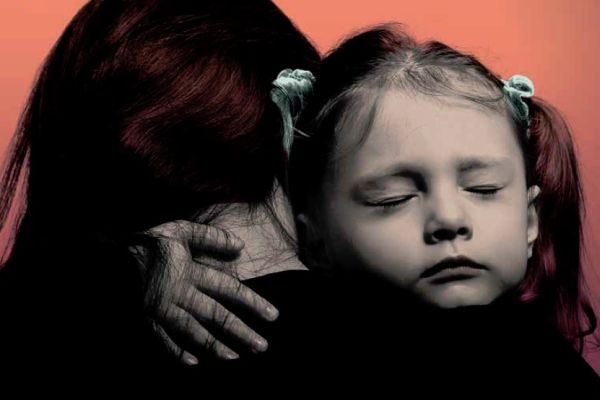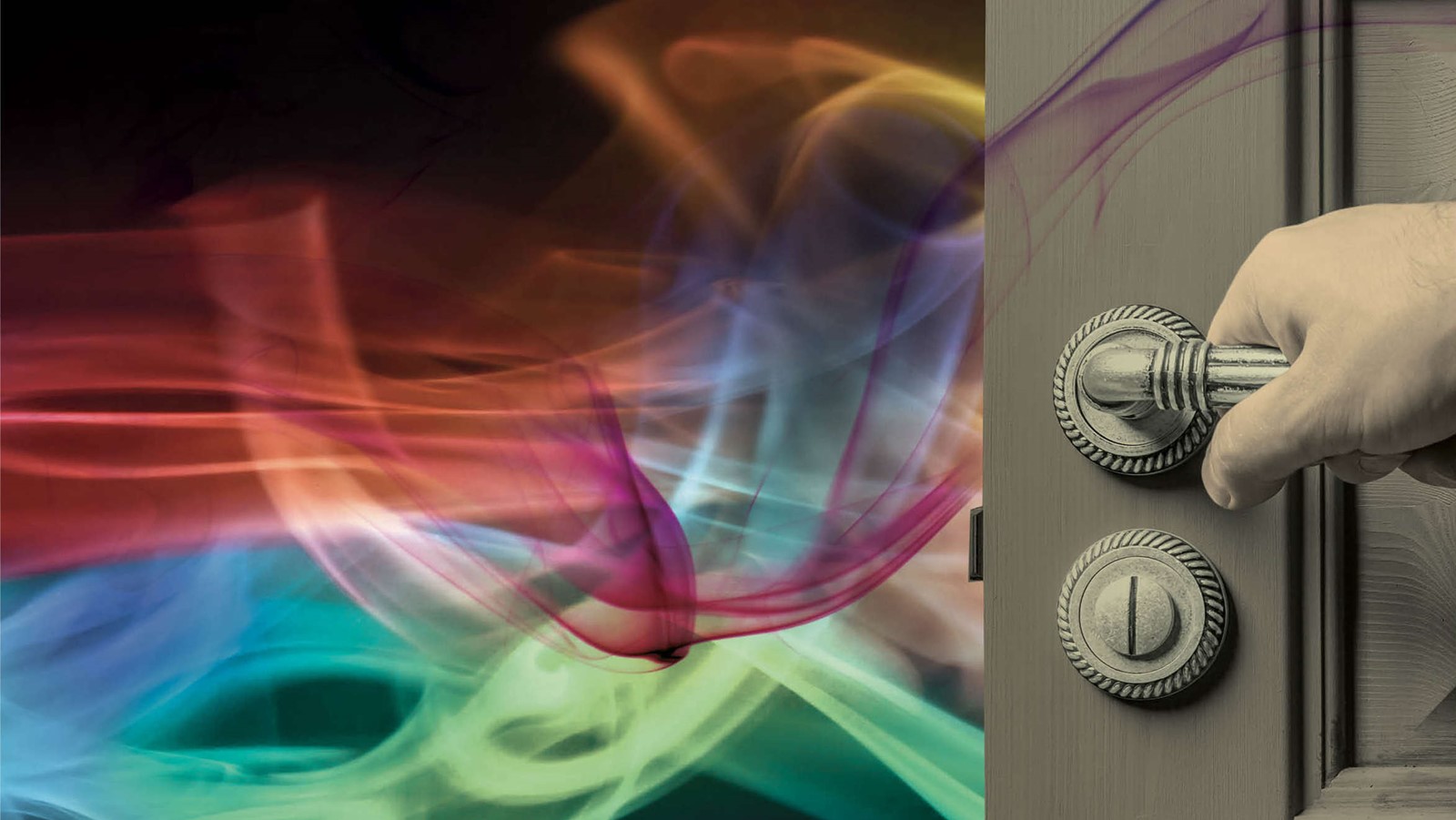The language of gender and sexuality
The acronym LGB (lesbian, gay, bisexual) first entered common parlance during the 1980s. Since then, it has been broadly accepted that sexuality cannot be reduced to homosexual or heterosexual. Gender, too, is less likely than it once was to be defined in binary terms and LGB was extended a decade later to reflect this, incorporating T for transgender. The acronym has since been developed further to include Q, for queer or questioning, depending on who you ask, and sometimes + to incorporate asexual, pansexual, transsexual, intersexual, intergender and other sexual or gender identities excluded from the original abbreviation. There are some references on social media to LGBTTTQQIAA but that seems much too nonsensical for most of us to fathom, both inside and outside of the LGBT community.
Suffice to say, the terminology can be a bit baffling, with the potential to plummet into the ever-present political correctness pitfalls. If in doubt, I suggest sticking with the basic four- or five-letter acronyms (LGBT and/or LGBTQ). Confusion aside, this new language recognises difference and brings with it a level of acceptance. If people of various gender and sexual identities were not recognised, there would be no need for the appellations. But with everything so fluid, including sexuality and gender, how can we, as counselling professionals, ensure that we retain a firm footing and work candidly with young people who present with issues relating to their gender and sexuality?
I am on record as saying that sexuality is the biggest issue for adolescents and pre-adolescents and I maintain that its exploration takes up many a therapeutic hour. Sexuality is a broad church, incorporating questions about physical development and intercourse, intimacy and relationships, normality and perversions, gender, transgender and various sexualities. Younger children (seven, eight, nine year olds) bring questions about their bodies and other people’s bodies, as might be expected, but I also get asked about the factual stuff by mid/late teenagers, the age group that is presumed to know it all already. But how can they know if they have not had a thoughtful parent or parent figure to ask and reflect with and if their only points of reference are sneakily viewed porn and ill-informed playground banter?
Rethinking gender fluidity
Adolescents also bring issues around first sex, safe sex, pornographic sex and issues around sexuality and gender variance. The latter is a more recent addition to the list of ‘things to take to therapy’ and, according to the Tavistock and Portman, there has been a doubling of referrals to their specialist Gender Identity Service (GIDS), which offers support to transgender and gender variant young people under the age of 18.1 Many counsellors are struggling to comprehend this shift. A colleague was incredulous when his teenage client said he identified as gender fluid. The counsellor thought this was a ridiculous statement and told me that gender cannot possibly be fluid; we are either male or female. I agree that gender fluidity can be a challenging concept, particularly when it jars with one’s own personal and perhaps religious beliefs, as in my colleague’s case. But I’ve met numerous adolescents who identify this way, or as transgender or gender variant, and in each case have explored what it means to them. I’ve shared some of my clinical experiences in this journal previously.2 My aim in the current article is to reflect upon the cultural shifts and theoretical models that are informing my work.
Some psychologists have suggested that sex and gender should be conceptualised, not as switches that point this way or that, but instead as a series of adjustable dials. Thought about this way, sex is a continuum, and gender a spectrum. Neither are either/ors. These theoretical dials affect both nature and nurture. They influence hormone levels and development in utero and at puberty, as well as personality traits, and social, historical and cultural factors.3 The ‘dials not switches’ model supports the notion that gender identity is less likely to be entirely male or entirely female and more likely to be something in between; perhaps something more akin to gender fluidity. But my colleague’s explanation, the only one that fitted with his own sensibilities, was that gender fluidity is the latest fad. While I disagree, I acknowledge that, up until a few years ago, gender issues rarely entered the therapy room. To put this into perspective, transgender and gender variance remains relatively uncommon. While referrals to GIDS have doubled, they still only account for 0.01 per cent of the population. The average age of referral is 14, and the service has witnessed an increase in referrals of natal females – ie young people assigned female at birth.1 So if it is not the latest fad, I wonder how we can explain the changing zeitgeist.
Cultural influences
There is no doubt that the media play a part in influencing the content of therapy. The lasting legacy of ‘erotic’ literature aimed at women, euphemistically described as ‘clit-lit’, has been further discussion about bondage, domination and sadomasochism (BDSM), as well as choice, control and rape. Meanwhile, soap operas such as Hollyoaks, documentaries including Girls to Men and Transgender Kids, as well as discussions and dramatisations on Radio 4, have brought gender identity and gender reassignment into mainstream consciousness. Once these issues have been evoked and emotions conjured, young people have limited options about what to do with them. Many families feel embarrassed or ill equipped to discuss sex and gender identity with their children, or they leave it too late, not through neglect, but through ignorance about what’s really on their minds. Formal sex and relationship education is sketchy at best, with many teachers afraid to talk about sex with their students for fear of seeming provocative or encouraging illicit activity. I think it will be a long time before gender variance makes it into the mainstream curriculum. But, like other apparent taboos, it has made it into the therapy room already. Some young people perceive their therapist as their only reliable source of information, and, for them, counselling provides a safe space for questioning and exploring issues to do with sexuality and gender identity. Others are less fortunate. Numerous professionals tell me that their clients never talk about sex or gender, which perhaps conveys more about the counsellors’ lack of preparedness than their clients’ issues. I am in no doubt that young people pick up on adults’ discomfort and censor what they share, repressing their thoughts and ending up feeling more shameful than they did before.
Levels of engagement
In my experience of working with young people, in various settings over two decades, sex and sexuality have remained top of their ‘most talked about’ list. My clinical experience suggests that merely adopting a stance of unconditional positive regard doesn’t cut the mustard. Young people want to experience a connection, and often that involves provoking a reaction. I can recall one particularly revealing session with a 16-year-old girl, who described to me her fantastical carnal exploits in graphic detail. She identified as gender fluid and pansexual – meaning, she said, that her identity and sexual attractions were not determined by biological gender. I listened quietly and nodded attentively as she became increasingly animated. I didn’t question or comment. I tried not to judge, challenge or condemn. My experience was limited in this arena and I did what I thought a good therapist should do. I adopted a neutral expression and said nothing, until eventually she yelled at me to ‘stop fucking nodding’. That client taught me, with a verbal slap in the face, that it takes two to tango and to engage in therapy. People tell me they are intimidated by adolescents and are afraid to talk to them about sex. I can see why. Adolescents are overwhelmed by intimidating feelings, frequently to do with their sexuality, and sometimes those feelings spill out.
The legacy of MoU
Our society has thankfully progressed from a time when homosexuality was perceived as illegal, taboo and/or a psychiatric condition in need of cure by medical intervention or talking therapy. It seems, though, that we are a bit behind in our attitude towards gender variance. The Memorandum of Understanding (MoU) in relation to working with conversion therapy was signed by the British Association for Counselling and Psychotherapy (BACP) in 2014 and published in January 2015.4 In addition, BACP states that it opposes any psychological treatment such as reparative or conversion therapy … based on the premise that the client/patient should change his/her sexuality.5
I frequently hear evidence of prevailing anxiety from professionals who are fearful of taking on transgender clients. I had a long debate with someone recently who told me that his biggest fear was that a client would opt for gender reassignment surgery as a result of counselling. His fear was not that he would be accused of attempts at conversion or reparation, but instead appeared to be that he might actively promote transgender. The counsellor’s fear is based on ignorance; a very small number of transgender people opt for surgical reassignment, with or without counselling. It surprises me that colleagues are able to manage the risk and uncertainty surrounding clients who have eating disorders, deliberately self-harm or contemplate suicide, where the worst case scenario is loss of life, yet they feel overwhelmed by transgender. Are they responding to fear of the unknown, or is the potential of transgender perceived as a fate worse than death?
I cannot know how counsellors and psychotherapists managed their anxiety prior to the MoU in 2015, but I can assume there was a heavy dose of denial and avoidance. However, once acknowledged, BACP’s response was to commission an article about how counsellors and psychotherapists work with LGBTQ (Q for questioning in this instance). The results were published in an article titled ‘I think I’m gay… can you help?’.6 My own interview for the piece provoked thoughts about my work with transgender and highlighted the lack of specialist training. The article was well researched and covered a wide range of experiences of working with sexuality, but it felt like a hark back to 1980s LGB. The T word was conspicuous by its absence.
We know from BACP’s statement in March 2016 7 that gender identity has been the subject of much discussion between the signatories of the MoU. It will be interesting to see how these discussions develop.
We will inform ourselves
So where does all this leave those of us who are keen to develop our learning and welcome all sexualities and genders into our counselling rooms? It leaves some fearful and avoidant and many confused. As a profession, we are doing a disservice to young clients (or potential clients) who identify as transgender, gender variant or questioning. While some of us are keen to learn, it is unethical to rely on our clients to teach us.8 We have to be proactive. We have to seek out knowledge and education from reliable sources and make referrals to specialist services. GIDS is stretched. Currently there are just two clinics in the entire country: one in London, the other in Leeds. They offer assessment and treatment to young people under 18. Some assessments lead to a formal diagnosis of gender dysphoria, where identified gender is contrary to gender at birth, but most do not. It is interesting to note the change in diagnostic label in DSM-V from gender identity disorder to gender dysphoria.9 Its continued inclusion in the diagnostic manual is, in part, to facilitate access to medical intervention. In the US, treatment requires insurance, which requires diagnosis. In the UK, too, private and public healthcare providers often rely on a diagnosis to inform an appropriate care pathway. The newer diagnostic label also aims to alleviate the implication of ‘disorder’ and is therefore less stigmatising and more accepting, rather like the extended acronym LGBTQ.
Where appropriate, GIDS can offer an endocrinological assessment to explore hormonal and chromosomal characteristics. In some cases they can prescribe hormone blockers to delay the onset of puberty. This is a fully reversible medical intervention that affords the young person time to explore their gender identity without experiencing the physiological changes associated with puberty, which for gender variant or questioning young people can be intolerable. However, GIDS stresses that family and early developmental experiences are significant contributing factors and that adult gender identity has its roots in early childhood.1 The primary aim of the service is to explore family relationships and ease emotional, behavioural and relational difficulties. The team offers professional consultations, individual and family psychotherapy, parent groups and groups for young people, often alongside local specialist Child and Adolescent Mental Health Services (CAMHS). In other words, much of what they do is what we all do in our work every day – assess, explore, support and reflect, by offering therapeutic interventions to children and young people alongside direct or indirect work with the family. This is what counsellors and psychotherapists are equipped to do and is what we do well. So there is nothing to be afraid of.
Conclusion
Our world is ever evolving. Young people are exposed, and have easy access to, more varied and more extreme social influences. They are bombarded with images 24/7 that dictate how they should look, feel, behave and have sex. They are under constant scrutiny. They grow up fast and display signs of physical development younger than ever before. Onset of puberty has decreased, with many girls showing first signs of sexual development at seven or eight. Numerous theories have been posited for this, including diverse factors such as nutrition, pollution, the absence or presence of fathers, increased affluence and overexposure to television.10 Meanwhile, experienced counsellors and psychotherapists in young people’s services are an ageing population, and many are out of touch. When I mentioned this article to a colleague, he had no idea what LGBT meant. This lack of awareness is astounding, but not uncommon. Our own adolescence was poles apart. Homosexuality was not decriminalised until 1967. The age of homosexual consent only lowered to 16 in 2001. For us, sexual development happened later. There was no internet, no same-sex marriage and no awareness of gender variance. I’ve said it before but will keep banging the same drum: we owe it to the younger generation to keep up. We must inform ourselves.11
Jeanine Connor MBACP is a child and adolescent psychodynamic psychotherapist and supervisor in private practice and Tier 3 CAMHS and a freelance writer and trainer.
More from BACP Children and Young People journal

Adapting CBT for children with an autism spectrum disorder (ASD)
Open article: Sarah Rogers not only adapts cognitive behavioural therapy (CBT) creatively for children but enjoys working with those who are not neurotypical, finding their special interests and skills an asset in the therapy room. BACP Children and Young People, September 2016

Working with values in clinical practice
Open article: Andrew West, author of Being With and Saying Goodbye: cultivating therapeutic attitude in professional practice, examines (at times provocatively) the idea of values and how they might or might not link to a values-based practice. BACP Children and Young People, June 2016

Therapeutic story with children
Open article: Barr Kazer explains how she uses metaphor in the creation of stories by and with children as the core premise in her groupwork. BACP Children and Young People, March 2016
References
1 Gender Identity Development Service, 2016, Tavistock and Portman NHS Foundation Trust, London.
2 Connor J. Reflecting on… transgender. BACP Children & Young People 2016; September: 20.
3 Pirlott AG, Schmitt DP. Gendered sexual cultures. In: Culture reexamined: broadening our understanding of social and evolutionary influences. Washington, DC: American Psychological Association; 2014 (pp191–216).
4 http://www.psychotherapy.org.uk/news/memorandum-of-understanding
5 http://www.bacp.co.uk/events/learning_programmes/ethical_framework/documents/statement_of_ethical_practice.pdf
6 Jackson C. I think I’m gay…can you help? Therapy Today 2016; 27(1): 14–19.
7 www.bacp.co.uk/media/?newsId=3908&start=9&catId=52&year=2016
8 British Association for Counselling and Psychotherapy. Ethical framework for the counselling professions. Lutterworth: BACP; 2015.
9 American Psychiatric Association. Diagnostic and statistical manual of mental disorders (DSM-V). 5th edition. American Psychiatric Publishing; 2013.
10 BBC. Why puberty now begins at seven. [Online.] http://news.bbc.co.uk/1/hi/health/4530743.stm (accessed 1 October 2016).
11 Connor J. Keeping up with our clients. Therapy Today 2016; 27(1): 28–29.
